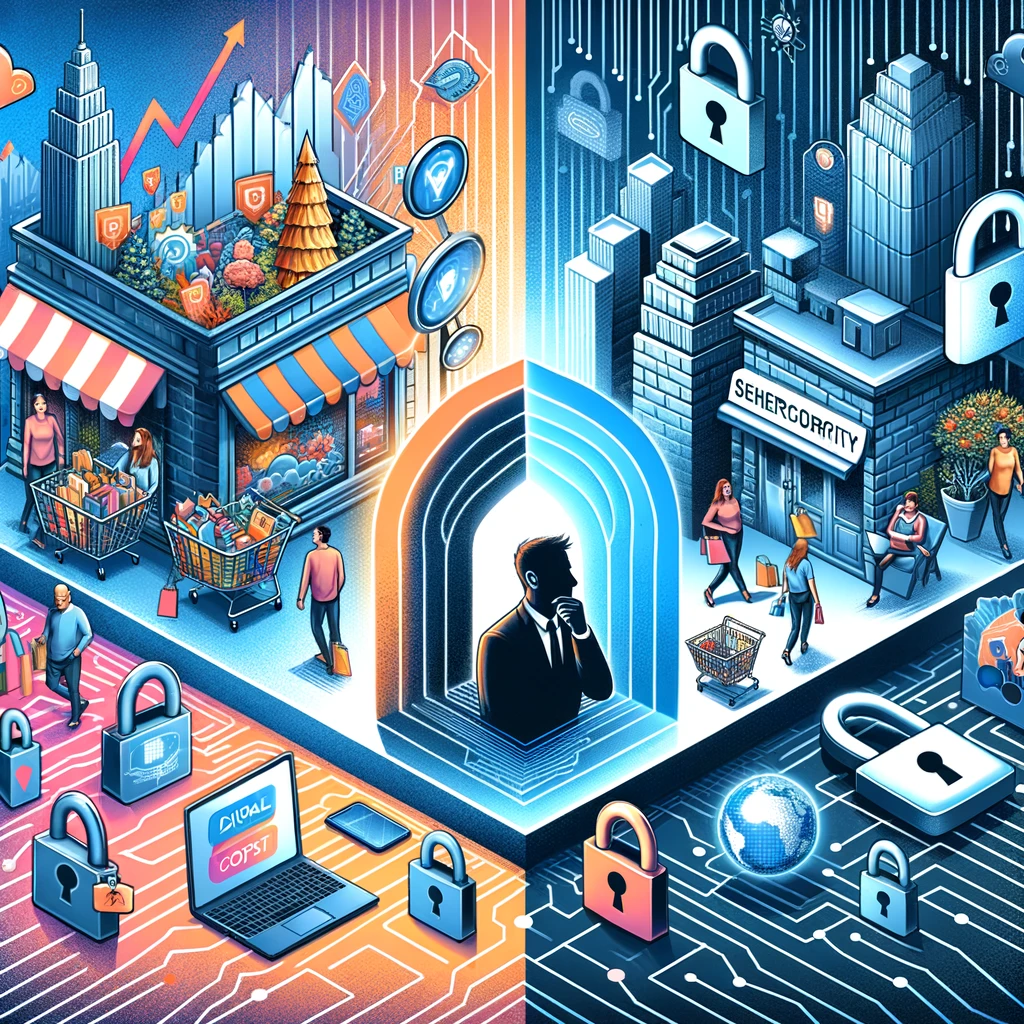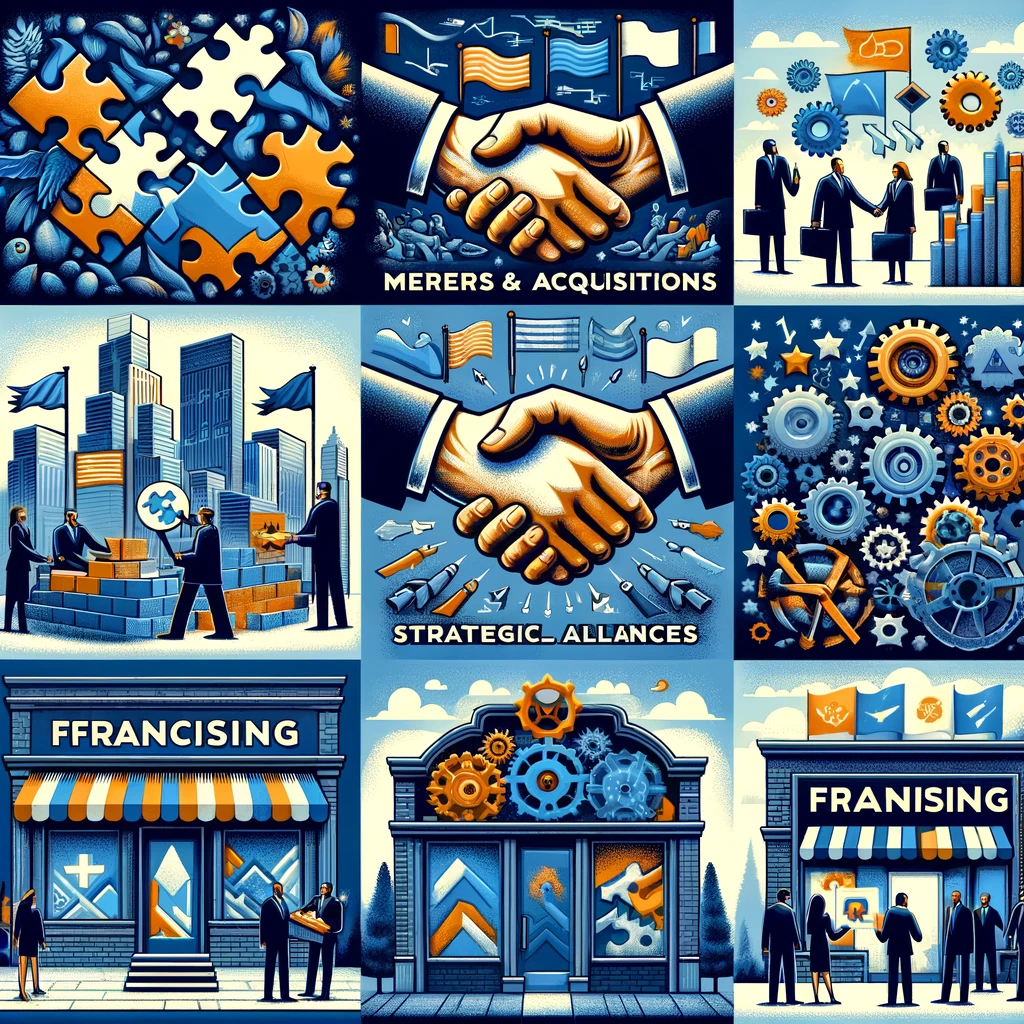Promotion the attempt to draw attention to a product or business in order to gain new customers or to retain existing ones.
There are two different types of promotion: above-the-line and below-the-line promotion.
Above-the-line promotion
Promotion through independent media such as TV and newspapers. These allow a business to reach a wide audience easily. It is also called advertising, which is a form of communicating between a business and its consumers where the business uses images or sounds in the media to encourage the purchase of the products.
Types of advertising media:
Television: appropriate for big businesses that sell consumer goods to mass markets.
Newspaper: appropriate for mass markets and for targeting a particular audience or market segment.
Radio: can be used for both, targeting a wide audience or a local audience (through a local radio station).
Posters and billboards: appear on variety of locations and carry small messages. The billboard grabs attention better if it is large and uses vivid imagery.
Internet: the cheapest form of advertising that helps target very large groups of people due to increased number of internet users nowadays.
Below-the-line promotion
Any promotion that is not advertising. It is carried out by methods over which the business has direct control, which allows the business to aim the message at consumers who are either known to them or who have been chosen in advance.
Types of below-the-line promotion:
PR (Public relations): an attempt by a business to communicate with groups that form its public, such as government, shareholders, employees and customers. The aim is to increase sales by improving the image of the business and its products (through, e.g., press conferences, press releases, donations, sponsorships etc.)
Merchandising: an attempt to influence consumers at the point of sale. The aim is to encourage sales of a product and speed up the rate of stock turnover.
Sales promotion: the incentives offered to consumers to encourage them to buy goods and services. They are intended to give short-term boost to the sales of a product (through, e.g., coupons and loyalty cards, product endorsements, product placing, free offers etc.)
Direct selling: also called personal selling, occurs when a company’s sales team promotes a product through personal contact (e.g., over the telephone, meetings etc.)
Direct mailing: Sending information about a product or product range through the post
Exhibitions and trades.
The promotional mix
- Advertising: developing awareness, perception, knowledge at attitudes.
- Personal Selling: Relying on sales representatives to directly persuade customers to buy.
- Public Relations: activities aimed at establishing and protecting the desired image of a company.
- Sales Promotion: short-term incentives created to stimulate demand for the product.
- Internet presence: social media, online advertisements etc.
Technology and promotion
- Viral marketing.
- Social media marketing.
- Social networking.
Guerrilla marketing
Example.
- Advertisements in odd locations: on buses, in the toilet, etc.
- Wearing extravagant outfits to attract attention.
- Shock tactics.
Frequently Asked Questions: Promotion in Business Management
In business management, promotion is a key element of the marketing mix (often referred to as the '4 Ps': Product, Price, Place, Promotion). It refers to the various communication methods used by a business to inform, persuade, and remind target audiences about its products, services, brands, or itself. The goal is typically to build awareness, create interest, stimulate demand, and ultimately encourage purchase or other desired actions.
Promotion can be defined in business management as the strategic coordination of communication efforts designed to inform consumers about the existence of a product, service, or brand, persuade them to consider its benefits, and influence their purchase decision, while often also reinforcing the brand's image and loyalty among existing customers. It encompasses a variety of tools used to achieve these communication objectives.
The primary components of the promotion mix typically include:
- Advertising: Paid non-personal communication (TV, radio, print, online ads).
- Sales Promotion: Short-term incentives to encourage immediate purchase (discounts, coupons, contests, samples).
- Public Relations (PR): Building positive relationships with the public through publicity, events, and community involvement.
- Personal Selling: Direct, face-to-face communication with prospective buyers.
- Direct Marketing: Communicating directly with targeted individual consumers (email, mail, telemarketing).
- Digital Marketing: Using online channels like social media, SEO, content marketing, etc.
Sales promotion is a specific subset of the promotion mix that involves short-term incentives designed to encourage immediate purchase or sale of a product or service. Unlike advertising which builds long-term brand image, sales promotion aims for quick results. Examples include discounts, buy-one-get-one-free offers, loyalty programs, free samples, contests, giveaways, and point-of-sale displays.
The term "promoter" can have a few meanings in business:
- In Marketing/Sales: Someone (an individual or agency) specifically responsible for carrying out promotional activities, especially those involving direct engagement with potential customers or events (e.g., an event promoter, a brand promoter).
- In Business Formation: A person who takes the initial steps to form and organize a new company, including raising capital and getting the business off the ground. This is a foundational role beyond just marketing.
In the context of "promotion" as part of the marketing mix, a promoter primarily focuses on executing communication and incentive strategies to drive sales and awareness.
This refers to a business specifically engaged in marketing and selling complex financial products known as managed investment schemes (like mutual funds, hedge funds, etc.) to potential investors. This is a highly specialized area of promotion within the financial services industry. It requires deep understanding of both the product and the regulatory environment, as promoting financial products is subject to strict rules and compliance requirements to protect investors.






